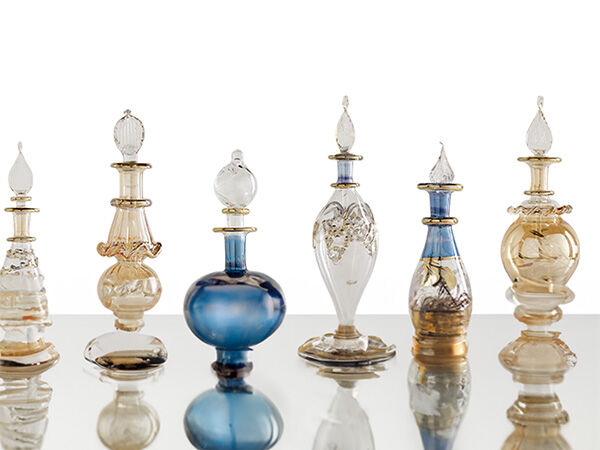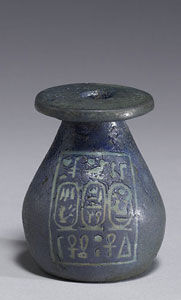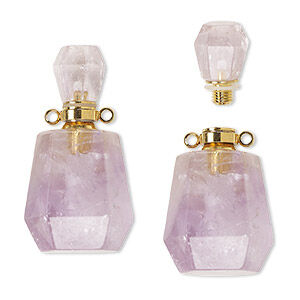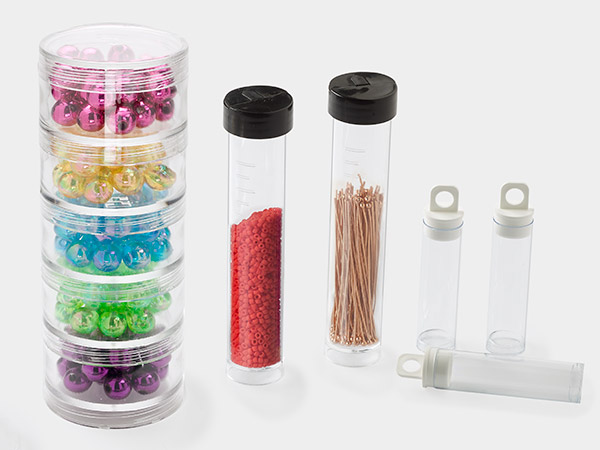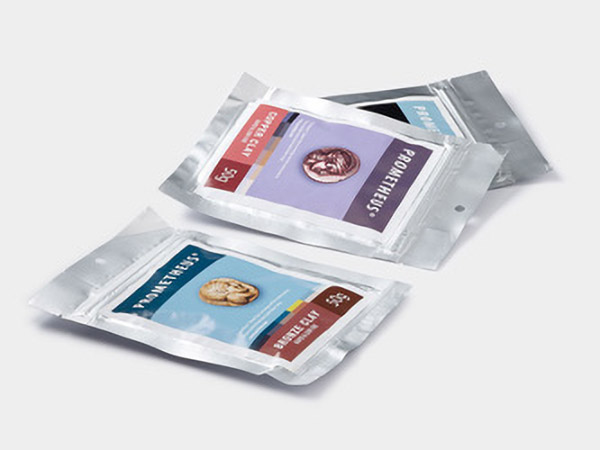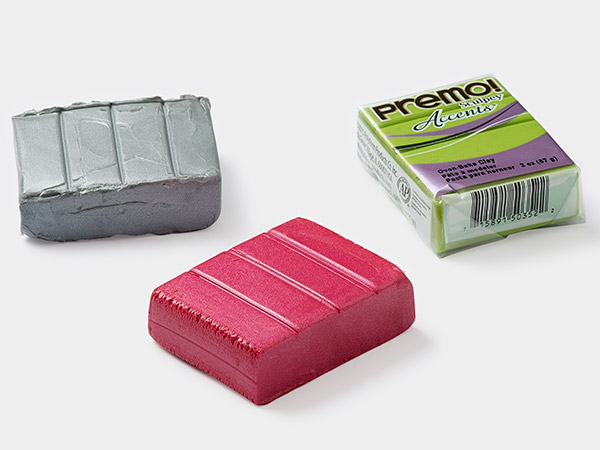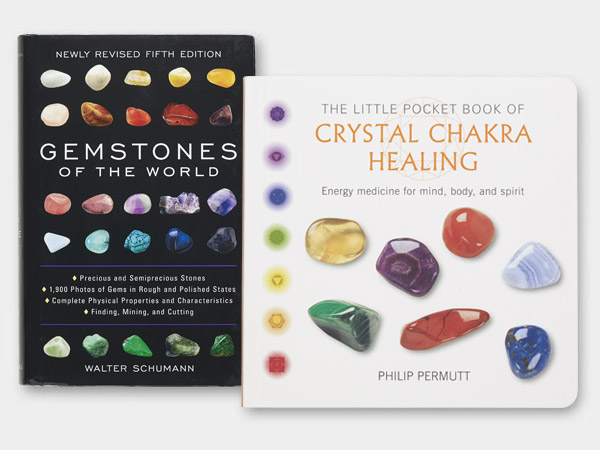The History of Egyptian Perfume Bottles
Since ancient times, perfume has been a distinctive element of the world's culture. The word perfume, used to describe a scented mixture, is derived from the Latin per fumus, meaning "through smoke." Perfumery, or the art of making perfumes, began thousands of years ago and Egypt was the first world leader in their creation.
The oldest known perfumery was discovered on the island of Cyprus. In 2004, an Italian archaeological team unearthed an enormous perfume factory that existed 4,000 years ago. The factory was an estimated 43,000 square feet, indicating that perfume manufacturing had already reached an industrial scale. The first perfume maker of record was an Egyptian woman chemist named Tapputi. In a Mesopotamian tablet from the second millennium BC, it was written that she made perfume by distilling flowers, oils and other aromatics to create an exceptional aroma.
Historians believe the Egyptians were the first to incorporate perfumes into their cultural rituals. Archaeologists have discovered intricate perfume bottles within the tombs of Egyptian pharaohs. When Tutankhamen's 3,300-year-old tomb was opened, there was still a trace of the strong fragrance detected. Legends say that ancient Egyptians also used perfume bottles to collect the tears of those who mourned the death of a loved one. Generally, perfumes were reserved for the aristocratic class.
Not only was Egypt the first leader in the creation of perfumes, but they were also the first to make bottles for keeping and holding the precious scented oils. Egyptians found that perfume evaporated if not stored in a container. Initially, they developed containers made of stone and alabaster, which kept the perfume cool and didn't leak the precious liquids.
In the 4th millennium BCE, Egyptians adopted glass-making techniques already in existence and created glass bottles to store their perfumes. Though the materials used in ancient Egyptian glass have been the study of scholars for centuries, many of these early materials and methods remain a mystery. However, some of the known natural materials comprising the ancient bottles are quartz, cobalt, plant ash, sand, rock salt and copper.
The first vessels were made by a method which required molding on a core. This method used a core made in the shape of the desired vessel from a material strong enough to withstand extreme heat. Viscous glass was applied to this core and the surface of the vessel was then decorated with threads of colored glass in ornamental patterns. The vessel was rolled on a flat surface, where a handle and base were added. Glass artists of this period often used materials to create colors that imitated precious stones such as lapis lazuli and turquoise.
The first hand-blown glass vessels appeared in Egypt in the 2nd millennium BCE. Though most perfume bottles had simple forms, some were very elaborate. Blown glass vessels were created by sticking a piece of molten glass onto one end of a blowpipe and introducing pressurized air into the other end by blowing. Decorations were added such as handles or strands of colored glass, which could be pinched to create more intricate patterns.
The creation of glass perfume bottles thrives in Egypt today. However, since the beginning of the 19th century, a more modern technique has been used, developed when a resurgence in glass as an art form took place. Though today's techniques have been handed down from generation to generation, the glass and other materials used are now imported globally. Buyers from around the world travel to Egypt for these exquisite bottles, which chronicle a history thousands of years old.
Shop for Your Materials Here:
Have a question regarding this project? Email Customer Service.
Copyright Permissions
All works of authorship (articles, videos, tutorials and other creative works) are from the Fire Mountain Gems and Beads® Collection, and permission to copy is granted for non-commercial educational purposes only. All other reproduction requires written permission. For more information, please email copyrightpermission@firemtn.com.
